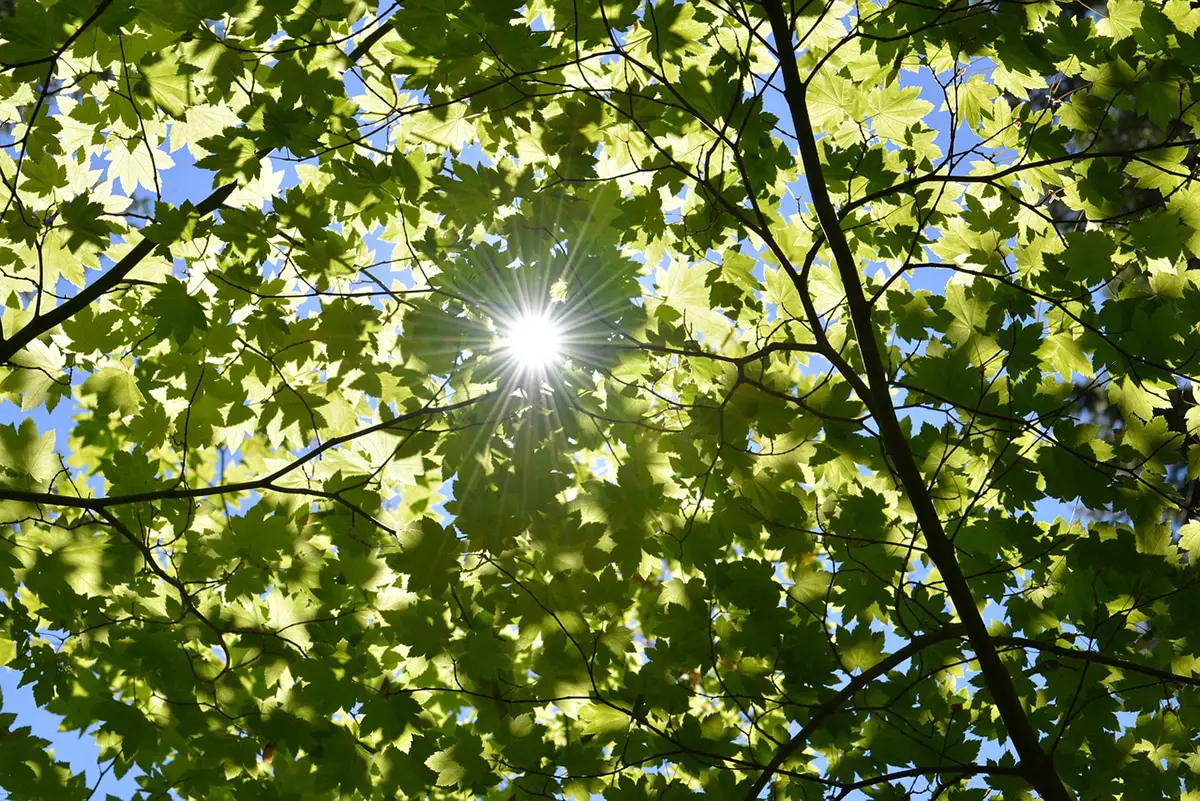

Many people already know that plants breathe and drink, but if they are living beings, shouldn’t they eat too? How do plants eat? This is a question that many people ask themselves and that really has a very simple answer.
In order to clarify the doubt about plant nutrition, we are going to talk a little about them and explain how they feed and what plant nutrients are.
Information about plants


Before explaining how plants feed, we must know and know some aspects of them. They are living organisms that, like us, are made up of various complex cells. As for food, they produce it themselves through photosynthesis. Plants are part of the kingdom Plantae which includes shrubs, trees, ferns, grasses, green algae, and mosses.
The scientific branch that studies plants is called botany and today has identified more than 350 thousand different plant species. Although most vegetables grow on the ground with the roots below and the stems above, there are some plants that float on water.
Parts of the plants
Like humans or animals, plants are made up of different parts that fulfill specific functions. We are going to comment on them below:
- Root: Normally, the roots grow underground and support the plant. Therefore, they could be compared to our feet. Apart from providing stability, the roots are capable of absorbing both water and minerals from the earth. Some plants can even store food in them.
- Stem: Following the roots is the stem. It is the main structure of the plant that supports both the leaves and the flowers. In addition, it has vascular tissues whose functions are to store and transport water and food throughout the plant.
- Sheets: The part of the plant responsible for photosynthesis are the leaves. Through this process, vegetables absorb energy from sunlight and thus produce their own food.
- Flowers: There are many plants that have flowers, but not all. In this part of the vegetable the production of seeds takes place.
How are plants fed and what is that process called?


The process that explains how plants feed is the famous photosynthesis. For a vegetable to survive, it needs carbon dioxide, sunlight, water, and minerals. With these elements it can make its own food through photosynthesis.
When we talk about raw sage, we refer to the mixture of water with mineral salts. This is transported by the stem to the leaves so that the plant can produce its food. Once the raw sage reaches the leaves, it mixes with the carbon dioxide that the leaves have absorbed from the air and becomes so-called processed sage. This is the final food of plants.


Related article:
Plant transpiration
Therefore we can say that the leaves are small food factories for vegetables. They exist in various colors, sizes and shapes, but despite their different aspects, They are always the organ that is in charge of the production of the elaborated sap. Once they have made this plant food, it is transported to the other parts of the plant, such as the roots and stems.
How do plants feed at night?
When night falls, plants are no longer capable of photosynthesis, since they need sunlight to do so. However, vegetables continue to feed even in the darkest hours. For it they break down starch into elemental sugars. With this the plants can survive and continue to grow. This mechanism was discovered by researchers at the John Innes Center (JIC) and explains how the leaves of vegetables are capable of converting millions of tons of starch into sugar night after night.


Related article:
What is the dark phase of photosynthesis?
But where does that starch come from? Apart from producing sugars through carbon dioxide, another aspect of photosynthesis to highlight is that it also creates starch. The plant stores this starch temporarily in the leaves throughout the day. Once the sun disappears and it can no longer photosynthesize, it begins to convert starch into sugars.
What are the nutrients in vegetables?


Now that we know how plants feed, it doesn’t hurt to talk a little about their nutrients. The most important for plants are above all nitrogen, phosphorus and potassium. However, they also need trace elements and micronutrients. Next we are going to talk about the main sources for obtaining plant nutrients:
- Natural soil reserves: Each type of soil contains essential nutrients and micronutrients for plants. Its quantity depends on the type of land and the season in which we are.
- Mineral fertilizers: Generally, fertilizers are made in solid or liquid form and contain a higher and more concentrated level of plant nutrients than organic sources.
- Organic sources: Organic sources include blood, slime, manure, bone meal, sewage sludge, and organic fertilizers. These can improve both the water retention of soils and their physical conditions.
- Air tanks: These are usually ammonia gas or dissolved in rain, nitrates from rain, salts, chlorine from dew, and sulfur from acid rain.
- Water: The water provides important nutritional elements naturally or through fertilizers that are already incorporated in the irrigation water.
Apart from beautifying the environment that surrounds us and serving us and many animals as food, plants are also responsible for absorbing toxic gases, such as carbon dioxide, and they generate the oxygen we need to be able to live. For this reason, it is important to take care of vegetables to maintain the great ecosystem that is our planet earth.

